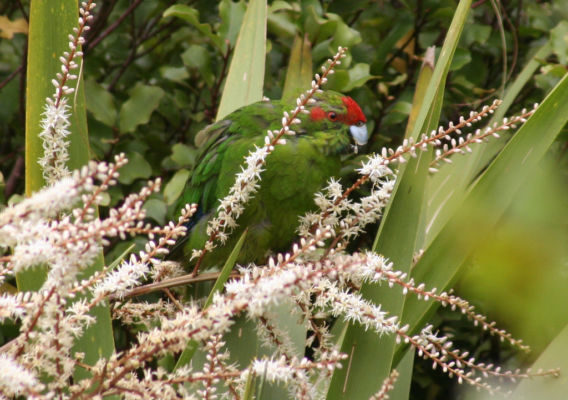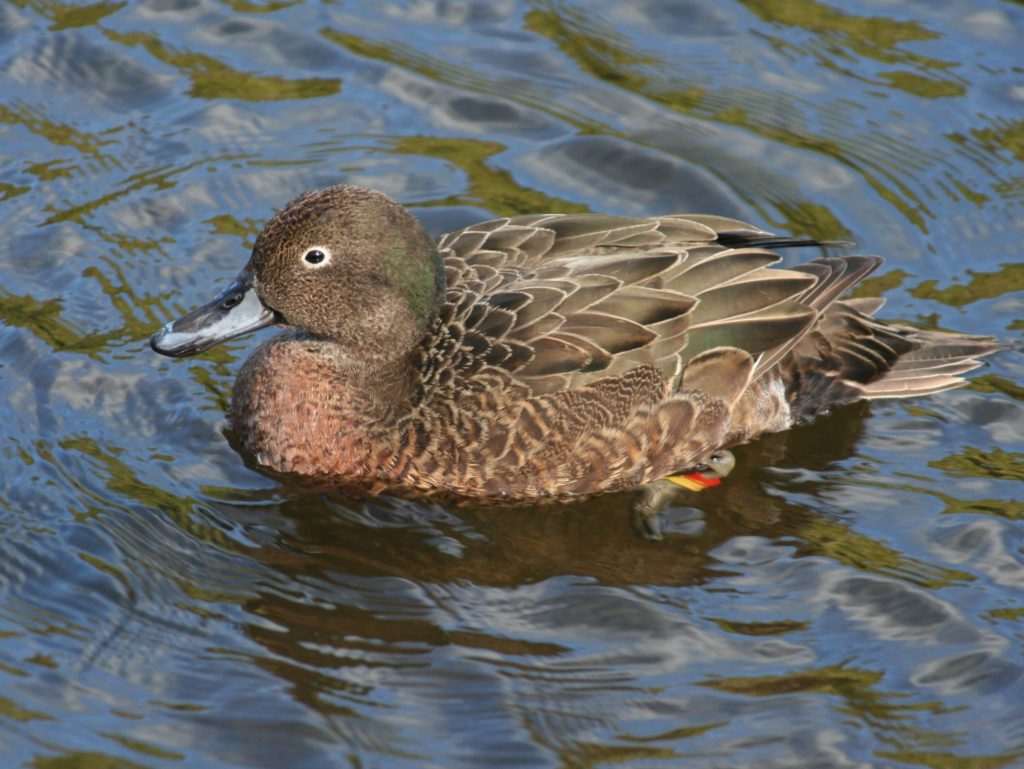There are a number of physical and behavioural traits which can make New Zealand’s native bird species particularly vulnerable to introduced predators. In the absence of mammalian predators some, like the kiwi, evolved to become flightless.
Others forage on the ground or nest in tree cavities where not only the chicks, but also the incubating parent can be trapped by tree-climbing predators. Identifying which of these traits are most associated with vulnerability to predators could allow the most at risk of our remaining bird species to be identified and their recovery better managed, for example, through targeted predator control in the areas where those species can still be found.

A research paper recently published by Elizabeth H. Parlato, Doug P. Armstrong and John G. Innes evaluated the vulnerability of our surviving endemic forest birds to predators such as rats and stoats. To do this, they looked at the traits of a number of endemic forest bird species and also at the extent to which the range of these birds had contracted since mammalian predators were introduced.

The researchers looked at body size, flightlessness, ground foraging, nest height, nesting period, incubating sex, cavity nesting, productivity (number of clutches and clutch size), and generation length for 23 endemic forest bird species. They found that: “the extent of range contraction varied greatly among species, with some species remaining in available forest habitat throughout most of their pre-human range, and others having disappeared completely from the main islands.”
Cavity nesting was the trait most associated with the most extensive contraction in range since mammalian predators were first introduced. Cavity and burrow nesting species include the mohua, rifleman, NI and SI saddlebacks, red, orange and yellow-crowned parakeets and kaka.
This suggests that cavity-nesters are particularly vulnerable to mammalian predators although other factors could also be contributing. Selective logging of mature trees in the past may, for example, also have limited the availability of good cavity nesting sites. The researchers note however that: “…although selective harvesting of mature trees may result in insufficient suitable nest holes, predation has been found to constrain some cavity-nesting species below levels at which nest sites would be limiting.”
The full article is published in Oecologia and is freely available through researchgate.net:
Traits influencing range contraction in New Zealand’s endemic forest birds (2015)
A second research paper, just published in the NZ Journal of Zoology also looks at the vulnerability of an endemic bird – in this case the pāteke (brown teal). In this study, population numbers were analysed from a 30 year period of flock counts at both trapped and untrapped locations in two key northern strongholds of the species – eastern Northland and Great Barrier Island.
“We found that Northland pāteke at trapped sites increased from 130 individuals before predator control, to 341 by 2015. Conversely, pāteke in untrapped areas in Northland remain low. Compared with the Northland trapped site, there was a slower rate of population increase in the predator treated site at Okiwi on Great Barrier Island; 286 individuals at trapped sites before predator control and 390 individuals in 2015. Pāteke numbers at untrapped sites on Great Barrier Island also increased, from 214 to 316 individuals.”
While predators are clearly having an effect on pāteke, other factors would also seem to be involved – particularly on Great Barrier Island.
“Cause of death analyses confirm that predation is a significant factor at trapped sites in Northland (87% of pāteke deaths) and Okiwi (56% of deaths), with starvation accounting for an additional 16% of identified causes of death at Okiwi.”
The researchers conclude that: “access to sufficient food sources may be limiting at Okiwi, but overall the provision of predator control has benefitted pāteke populations.”
The paper is published in the NZ Journal of Zoology – only the abstract is freely available:
Pāteke (Anas chlorotis) population trends in response to predator control on Great Barrier Island and Northland, New Zealand (2016)
Read more at: Researchers evaluate what pātake need for successful reintroduction

